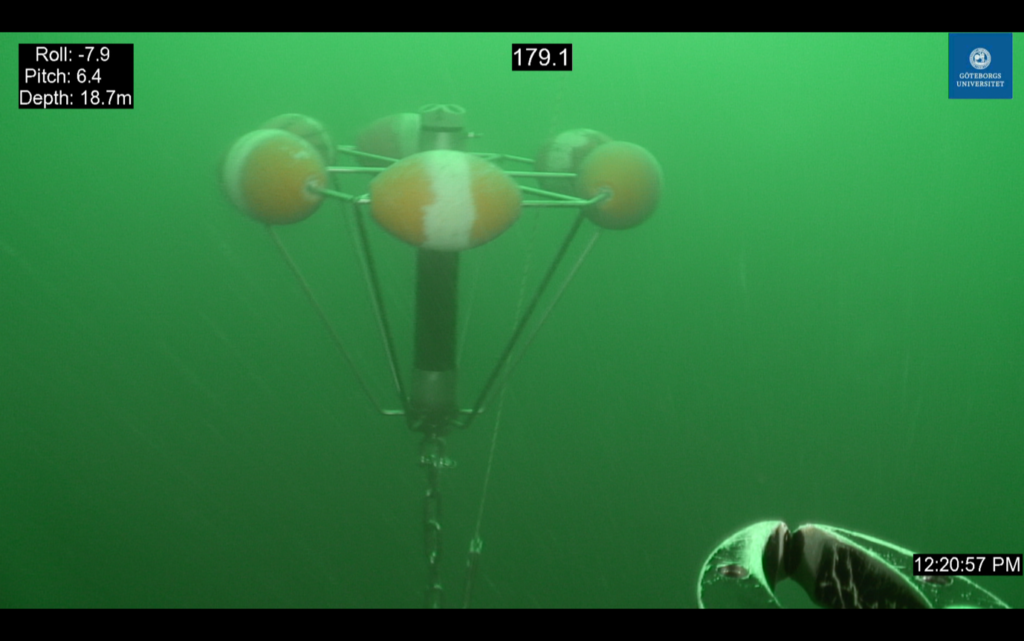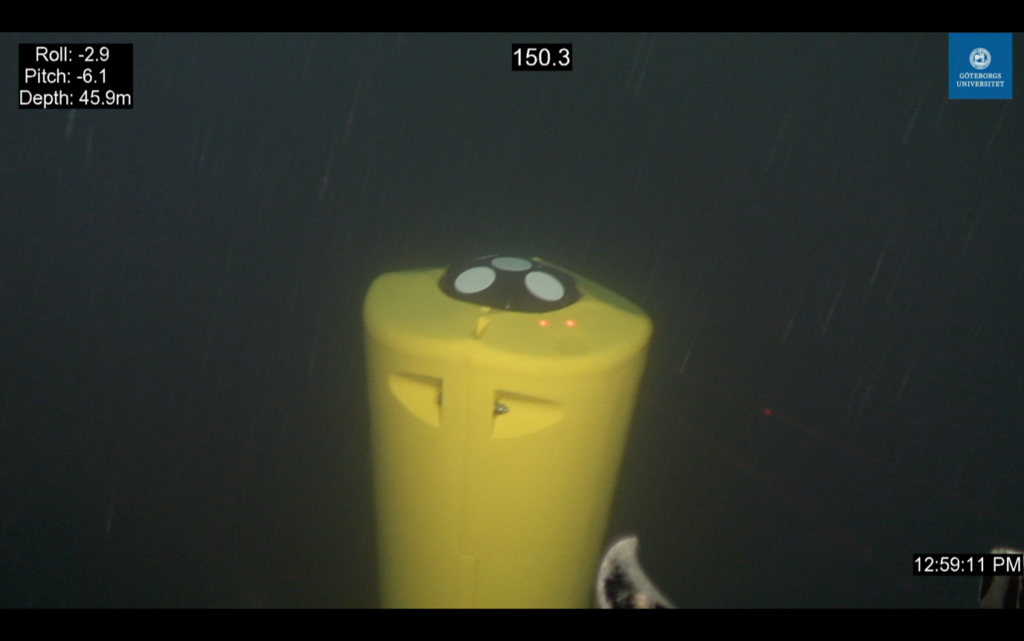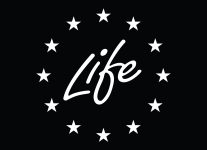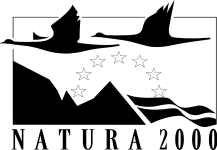
Foto Roger J Johansson and Joel White.
With deployments of different types of measuring devices (e.g. ADCP: Acoustic Doppler Current Profiler) at Lophelia reef sites, we are measuring the current speed and direction close to live coral colonies and at historical reef sites. For optimal growth and health, Lophelia corals prefer to build their colonies in areas where constrictions and sills increase the bottom current speeds. This is important for a good water flow, supplying them with food particles, but without smothering them in too thick layers of sediments. Our instruments measure the current speed and direction by sending out acoustic signals. The signals are then reflected to the instrument by moving particles in the water column, like plankton and sediment, and received by the instrument. The instrument transforms the information of the moving acoustic signal into data files from which we can analyze and model the underwater currents at the reefs. To cover seasonal changes throughout the year, we are putting out measuring devices at different time points. Additionally, we collect data on water temperature, salinity, pH, and dissolved oxygen to get a complete picture of the living conditions at the sites. All the data that we collect will guide us where to deploy the artificial reefs, to give the future coral larval recruits the best possible conditions to start their sessile life.

Foto Roger J Johansson and Joel White.





